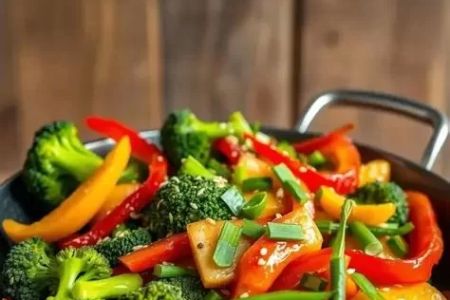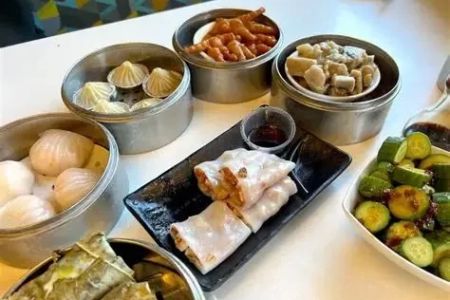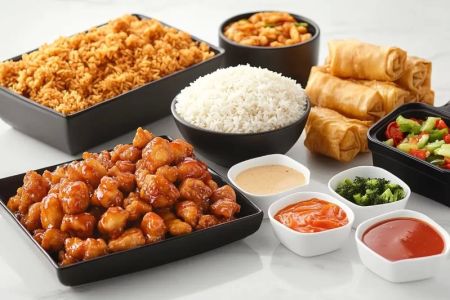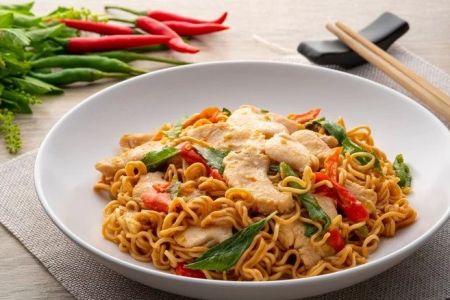- 2-analyzing-competition-and-market-demand
- 3-setting-profit-margins-for-chinese-food-items
- 4-considering-portion-size-and-ingredient-quality
- 5-using-psychological-pricing-techniques
- 7-where-to-find-more-help-and-resources
1. Understanding Costs When Pricing Chinese Food Menu Items
One of the most crucial steps in determining how to price Chinese food menu items is thoroughly understanding your costs. These costs include the price of ingredients, labor, overhead expenses such as rent and utilities, and packaging if you offer takeout or delivery. For example, dishes like General Tso’s chicken may have different ingredient costs than vegetable fried rice or dim sum items, so it’s important to calculate the cost per serving accurately.
Taking a detailed inventory of ingredient costs helps set a foundation for pricing that covers expenses while leaving room for profit. Labor costs should also be factored in, considering the preparation time, cooking complexity, and staff wages. Overhead costs might seem indirect, but they affect the overall financial health and should be allocated proportionally to each menu item.
2. Analyzing Competition and Market Demand
Understanding your competition and the local market demand is essential in deciding how to price your Chinese food menu items. Research what other nearby Chinese restaurants charge for similar dishes and how popular those dishes are. For example, if you operate in an area with many Chinese eateries, pricing too high might drive customers away, while pricing too low could reduce perceived quality or profit.
Market demand also fluctuates depending on customer preferences, trends, and economic conditions. If spicy Szechuan dishes are trending, you might be able to price those higher due to demand. Conversely, if budget-conscious customers dominate your area, offering affordable pricing with portion options might attract more patrons.
3. Setting Profit Margins for Chinese Food Items
Profit margin is the difference between your costs and your selling price, and setting the right margin is a balancing act. Generally, restaurants aim for a food cost percentage between 25% and 35%, meaning if an item costs $3 to make, it might sell for $9 to $12.
However, this can vary based on your restaurant’s positioning. Higher-end Chinese restaurants may accept a lower volume but higher margin, while fast-casual spots might prioritize volume with tighter margins. Some popular dishes can carry higher margins because customers expect to pay more, while staple dishes might have lower margins to encourage sales.
4. Considering Portion Size and Ingredient Quality
Portion size and ingredient quality significantly impact pricing decisions. Larger portions or premium ingredients justify higher prices. For instance, a seafood dish with fresh shrimp and scallops will naturally cost more than a basic vegetable stir-fry, and your prices should reflect that.
Moreover, customers are increasingly discerning about ingredient quality and sourcing. Offering organic vegetables or specialty sauces may allow you to charge a premium, but portion control ensures profitability. Consistency in portion sizes also helps manage food costs and customer expectations.
5. Using Psychological Pricing Techniques
Psychological pricing strategies can influence customer perception and encourage purchases. Techniques such as pricing items just below whole numbers (e.g., $9.99 instead of $10) can make dishes appear more affordable. Grouping menu items into combos or meal deals can also increase perceived value.
Highlighting bestsellers or chef’s specials with attractive pricing draws attention and guides choices. Using descriptive language to emphasize flavor, tradition, or authenticity can justify slightly higher prices, enhancing the overall appeal of your Chinese food menu.
6. Case Study: How a Chinese Restaurant Priced Its Menu
A popular Chinese restaurant in San Francisco recently revamped its pricing strategy. By carefully analyzing ingredient costs, they discovered certain dishes had unexpectedly high food costs due to imported spices and premium meats. Adjusting prices upwards on those items improved margins without impacting sales.
The restaurant also introduced smaller portion sizes at lower prices to attract lunch customers on a budget. They applied psychological pricing, setting most items ending in .95, and created combo deals that bundled popular dishes with drinks and sides. This comprehensive approach led to a 15% increase in revenue over six months.
7. Where to Find More Help and Resources
Pricing menu items effectively is an ongoing process that benefits from expert advice and market research. Resources like Chinese Food offer tools, industry insights, and consulting services tailored to Chinese cuisine operators. By leveraging such support, restaurant owners can refine their pricing strategies to optimize profitability and customer satisfaction.







